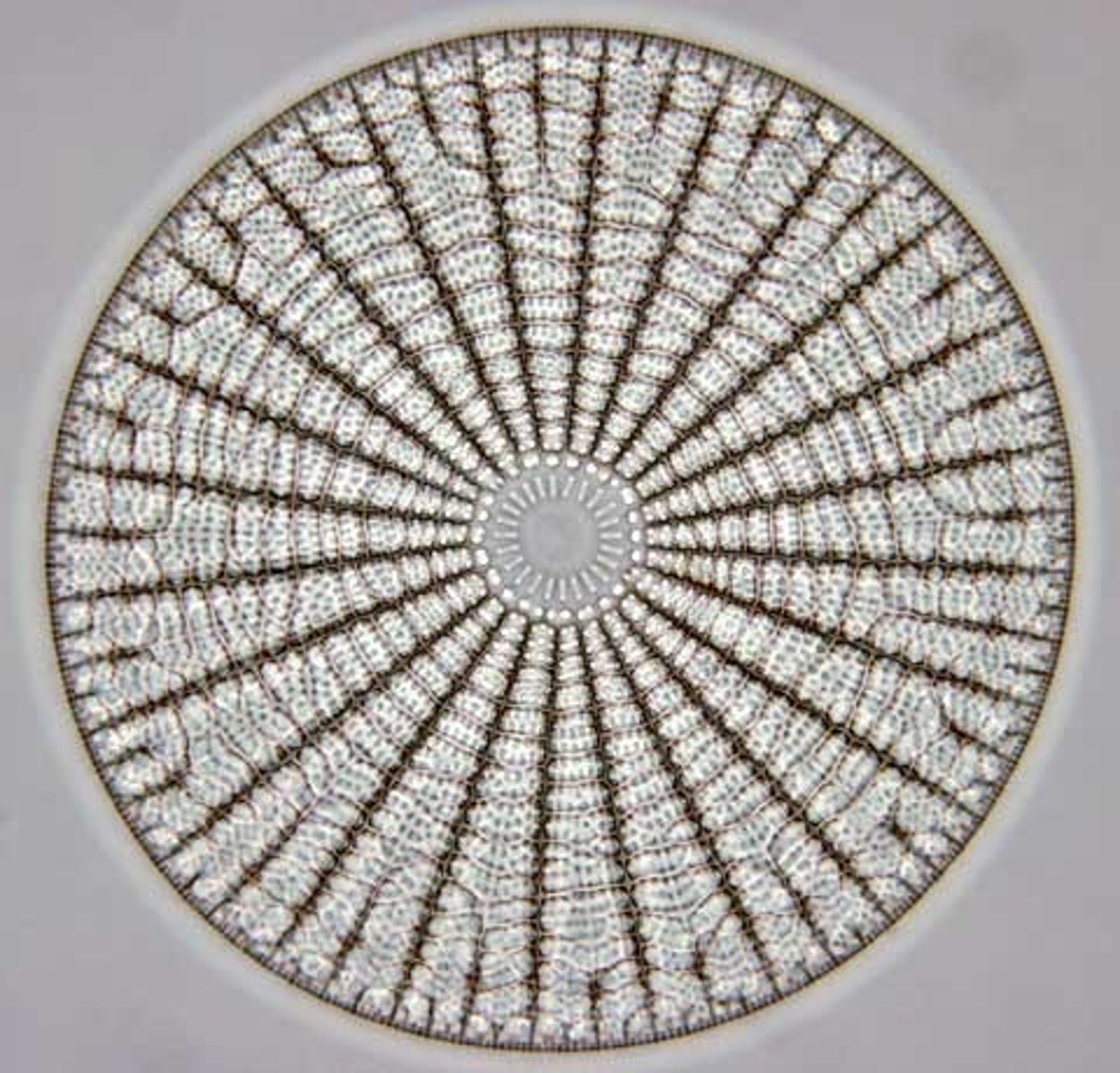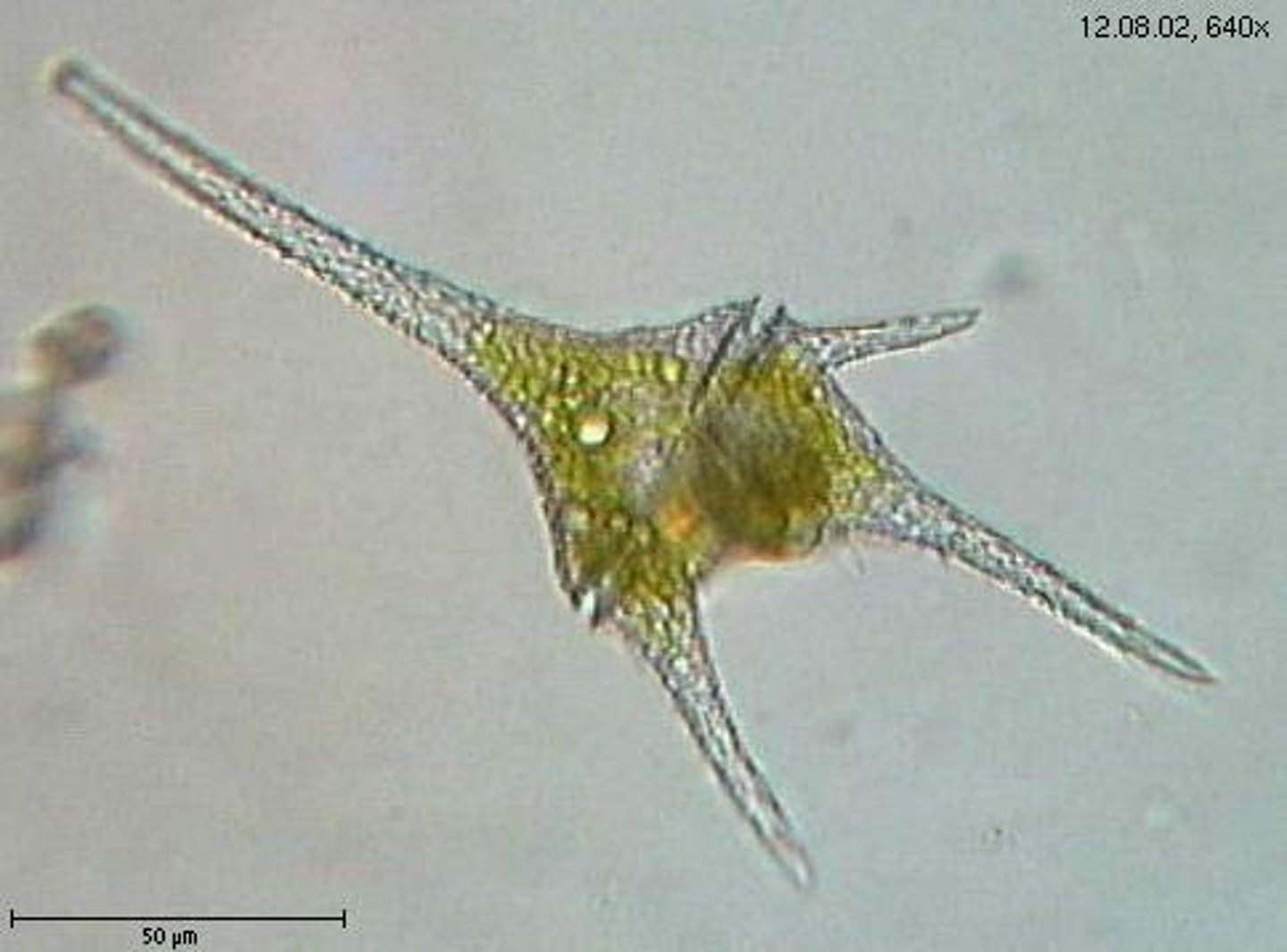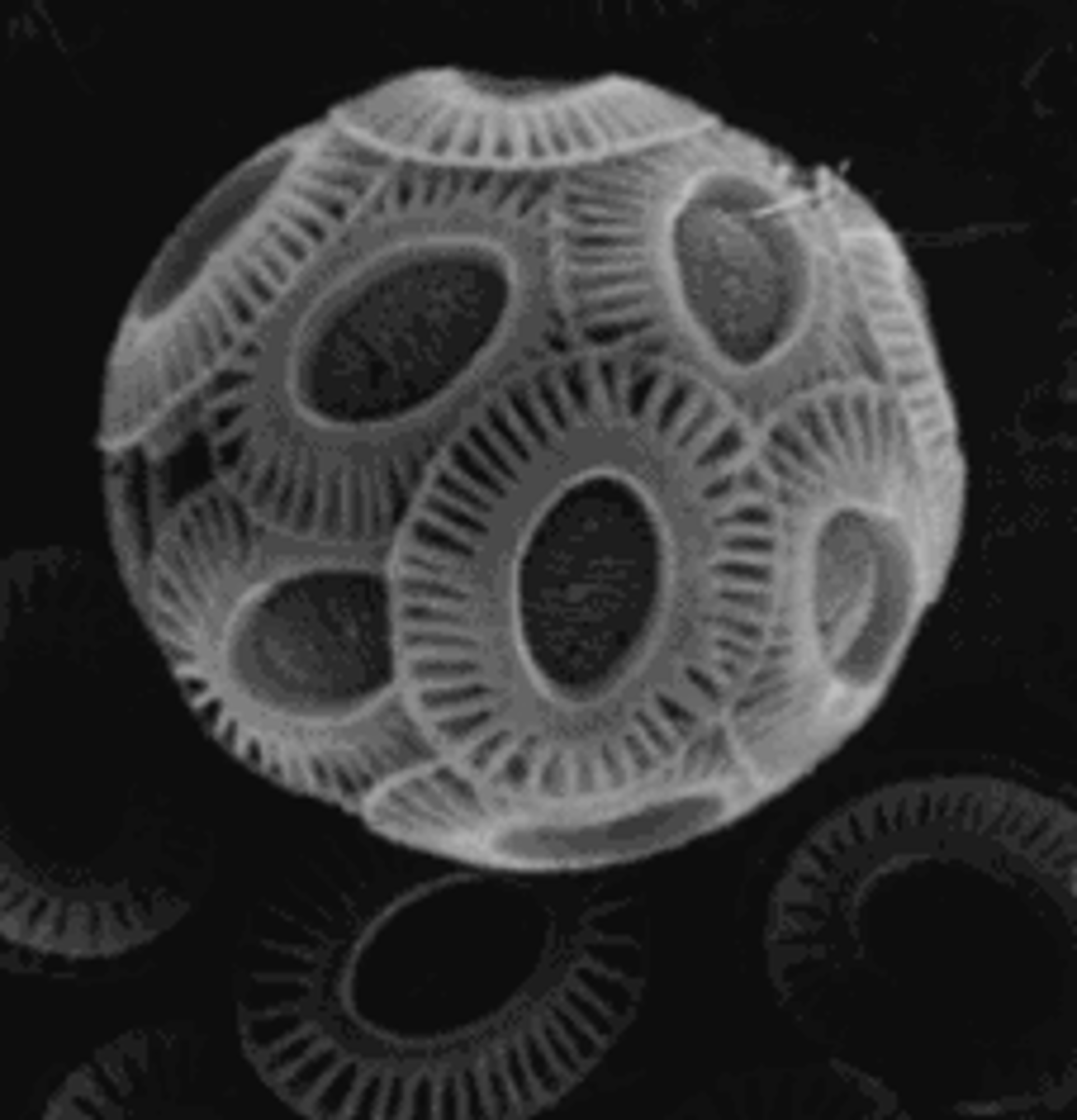Ch 12 The Plankton, Productivity, and Food Webs
1/51
There's no tags or description
Looks like no tags are added yet.
Name | Mastery | Learn | Test | Matching | Spaced |
|---|
No study sessions yet.
52 Terms
Photoautotrophs include ______. (Select all that apply.)
phytoplankton
macroalgae
marine plants
Which of the following are examples of marine plants? (Mark all that apply.)
Mangroves
Cordgrasses
Seagrasses
_____________ are generally small organisms that are carried by ocean currents, remaining suspended in seawater.
plankton
Which of the following characteristics are true for bacterioplankton? (Mark all that apply.)
They are unicellular.
They have an enormous impact on biogeochemical cycles on our planet.
They possess no internal membrane-bound cell structure.
Which of the following is an example of a marine phytoplankton group that is estimated to be responsible for as much as 40% of marine primary productivity?
Diatoms
______ use sunlight and inorganic compounds to generate organic matter.
Photoautotrophs
______ diatoms are a bilaterally symmetrical species of diatom that are elongated and shaped like cigar boxes.
Pennate
______ are a type of marine plant that can remain completely submerged in the ocean.
Sea grasses
The cell wall of dinoflagellates is composed of cellulose, and some species form ______ structures on their cell walls.
plate-like
Plankton are ______.
small organisms that tend to be moved by currents from place to place while suspended in seawater
Which of these describe coccolithophorids? (Select all that apply.)
They are larger phytoplankton.
They are generally located in moderate to low nutrient waters.
Bacterioplankton are directly involved in recycling nutrients, especially _____________ and ______________.
nitrogen
carbon
Cyanobacteria are the most abundant phytoplankton in ______.
low-nutrient open-ocean environments
Which of the following are examples of marine phytoplankton? (Mark all that apply.)
Diatoms
Coccolithophorids
Cyanobacteria
Dinoflagellates
The diatom in the image has ______ symmetry and is a member of the ______ diatoms.
radial; centric

During a harmful algal bloom, ______. (Mark all that apply.)
some marine organisms may die from exposure to toxins
toxic phytoplankton increase in number and may discolor the water
The image portrays a ______ shape.
dinoflagellate

Holoplankton
Spend their entire lives as plankton
Meroplankton
Spend only a portion of their lives as plankton
This type of phytoplankton built of plate of calcium carbonate is a ______.
coccolithophorid

Copepods and euphausiids are ______. (Mark all that apply.)
Found throughout the world's oceans
Able to consume more than half of their body weight each day.
basically herbivorous
Cyanobacteria play an important role in __________ fixation.
nitrogen
______ limits primary production in the ocean.
Temperature
Lack of adequate amounts of inorganic nutrients
Lack of adequate sunlight
During a harmful ________ _______ both toxic and nuisance phytoplankton increase dramatically in number.
algal blooms
Chlorophyll a is a type of ______ found in phytoplankton that absorbs light primarily in the ______ region of the spectrum.
pigment; blue and red
____________ spend their entire lives as plankton, but ___________ spend only a portion of their lives as plankton.
holoplankton,
meroplankton
______ is the creation of organic material from inorganic nutrients using light energy.
Primary production
Which of the following are small, shrimplike crustaceans that are widespread in the world's oceans? (Mark all that apply.)
Euphausiids
Copepods
Krill
Through the process of photosynthesis, autotrophs respire organic carbon obtained from ______, whereas heterotrophs respire organic carbon obtained from ______.
their own fixation of carbon; consuming organic matter
Primary production in the ocean involves phytoplankton, which require ______ to carry out the process of photosynthesis. (Mark all that apply.)
carbon dioxide
sunlight
inorganic material
Which of the following are ways to measure primary productivity? (Mark all that apply.)
Measure biomass at any given time and repeat the measurement again sometime later.
Measure the amount of oxygen produced or carbon dioxide consumed.
Measure the amount of chlorophyll in some volume at two different time points.
The total biomass of the phytoplankton community at any instant is referred to as the phytoplankton ______.
standing stock
Phytoplankton use pigments to ______.
absorb energy from sunlight
Bottom-up control
Limits in sunlight or nutrients
Top-down control
Predators grazing on phytoplankton
The production of organic material from inorganic nutrients using light energy is termed ______________ production.
primary
Phytoplankton primary productivity is controlled by ______. (Mark all that apply.)
inorganic nutrient concentrations
temperature
light levels
In the process of ___________, carbon is fixed, but in the process of __________, carbon molecules are broken down and used as an energy source.
photosynthesis; respiration
_______ ________ describe the flow of nutrients and food between different groups of organisms.
food webs
The relationship of ________ production and _________ ___________ consumption provides a straightforward way to measure primary productivity. The answers are two different gases.
oxygen; carbon dioxide
Primary producers, primary consumers, and secondary consumers represent different steps in the transfer of carbon and nutrients, and each step represents a different ______.
trophic level
Phytoplankton __________ _____________ is equal to the total biomass of the phytoplankton community at any instant in time.
standing stock
Because of the "biological pump," ______. (Mark all that apply.)
organic compounds sink deeper in the water column, serving as food for other organisms
organic matter generated from the phytoplankton is transferred through the food web
______ control of phytoplankton would determine how quickly the phytoplankton grow and reproduce, whereas ______ control would directly influence mortality rate.
Bottom-up; top-down
Nutrient regeneration occurs when ______.
organisms decompose and nutrients are released back into seawater in the same ratio that they were taken up
Phytoplankton primary _______ is controlled by temperature, light levels, and inorganic nutrient concentrations.
productivity
Nutrients are more prevalent in ______, making this region much more productive than the ______.
coastal areas due to river and land runoff; open ocean
Food webs describe the ______.
flow of nutrients and food between different groups of organisms
In a pyramid-shaped transfer of energy and organic material from primary producers to apex predators, a food chain is observed whereby energy is linearly transferred from one _________ ___________ to the next.
trophic level
The "biological pump" involves ______. (Mark all that apply.)
a draw-down, or transfer, of carbon dioxide from the atmosphere to the ocean
phytoplankton photosynthesis whereby they generate organic carbon that can be exported from surface waters to other depths in the ocean
Nutrient _________ occurs when an organism dies and decomposes, releasing nutrients back into the system in the same ratio they were removed.
regeneration
Coastal areas are generally more productive than the open ocean because ______. (Mark all that apply.)
Runoff from land supplies nutrients to these regions.
Upwelled deep water brings nutrient-rich water to the surface.
Fresh water can stabilize the water column, keeping the phytoplankton in well-illuminated surface waters.